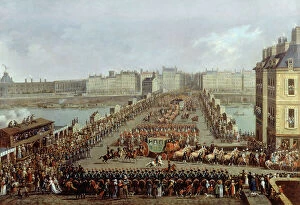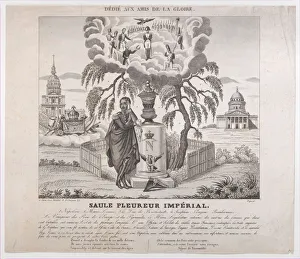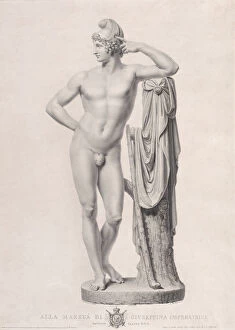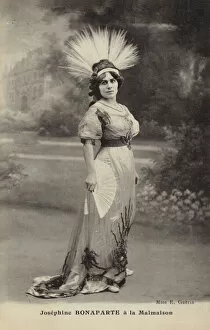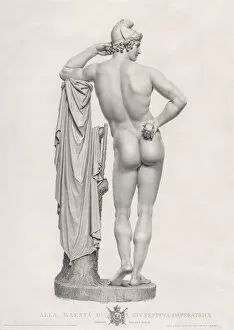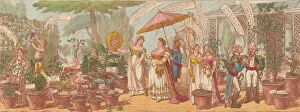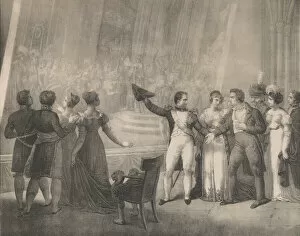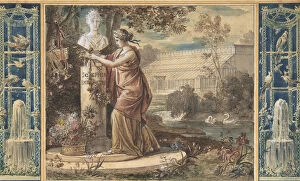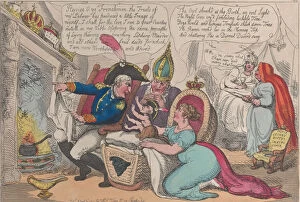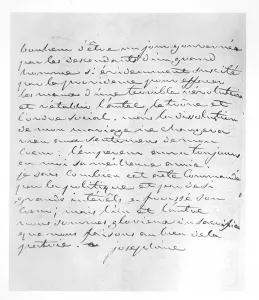Josephine Bonaparte Collection
Josephine Bonaparte, a woman of elegance and influence, left an indelible mark on history
All Professionally Made to Order for Quick Shipping
Josephine Bonaparte, a woman of elegance and influence, left an indelible mark on history. In the Saule Pleureur Imperiale painting, silhouettes of Napoleon and his family are hidden amidst the delicate branches, symbolizing their intertwined destinies. Paris leaning on a tree stump in 1817 captures Josephine's contemplative nature and her connection to nature's beauty. A color litho portrait showcases her grace and charm that captivated all who beheld her. The view of Malmaison from the Orangery engraving by Nicolas Chapuy transports us to Josephine's beloved estate, where she cultivated her passion for botany. Her collection of English Exoticks was renowned, as depicted in Imperial Botany - a testament to her love for horticulture. Madam Guerin embodies Josephine Bonaparte through a black-and-white photograph, showcasing the striking resemblance between them. The detailed oil-on-canvas portrait further immortalizes her captivating presence. In another artwork titled "Oeuvre de Canova: Recueil de Statues, " we see Paris gazing upon Josephine from behind as she leans against a tree stump - an intimate moment frozen in time. Napoleon and Josephine Visiting David's Studio depicts their shared appreciation for artistry during their visit in 1808. Their union was not only one of power but also one rooted in mutual admiration for creativity. An Allegory of Empress Josephine portrays her as the patroness of gardens at Malmaison - a role she embraced with fervor. This painting reflects how she transformed Malmaison into an oasis filled with lush greenery under her watchful eye. Lastly, Boney The Second or the Little Babboon Created to Devour French Monkies satirically represents political tensions surrounding Napoleon's reign while referencing his affectionate nickname given by his soldiers.


